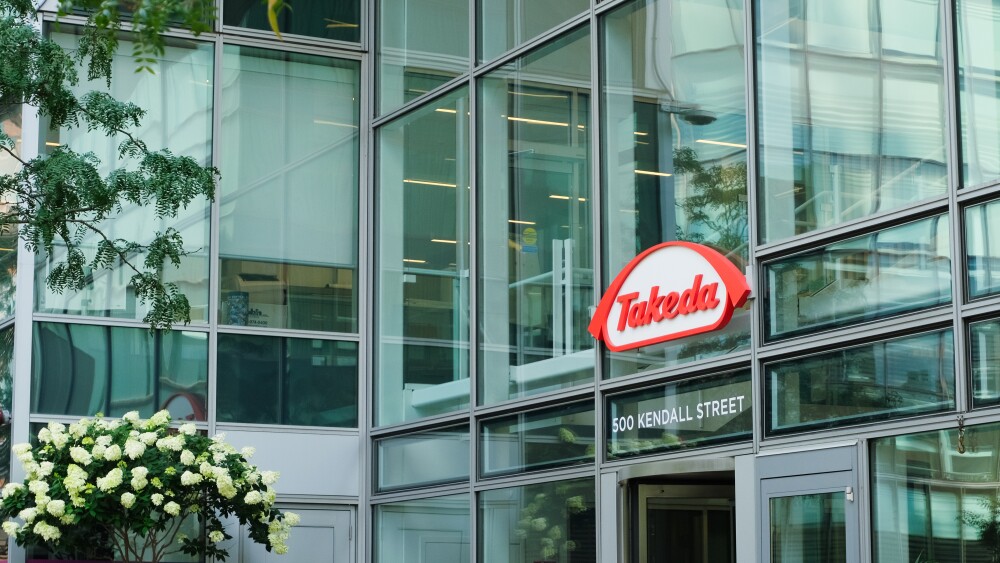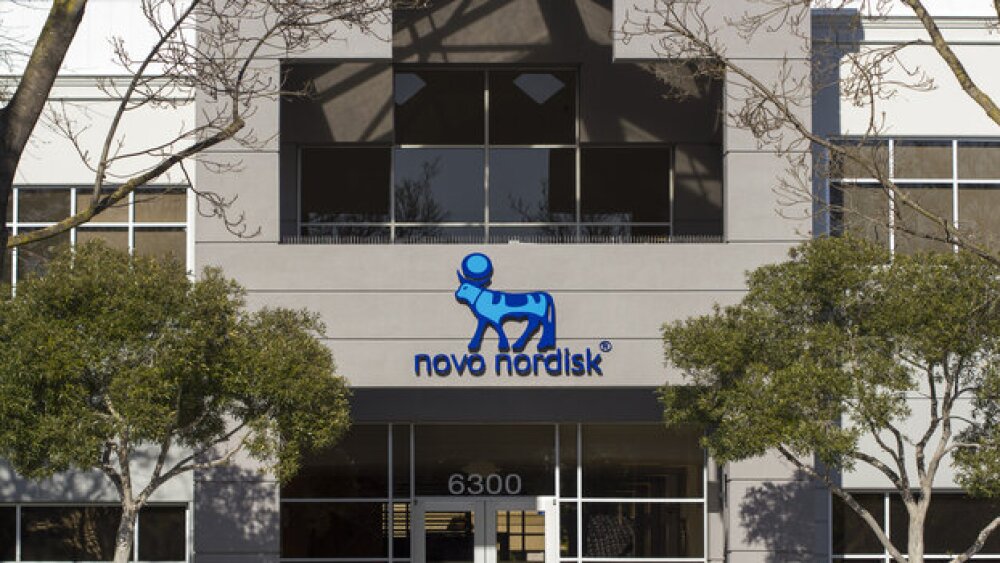While BMO Capital Markets said that zimislecel is “highly encouraging” for type 1 diabetes, questions regarding its target population and Vertex’s execution hang over the cell therapy’s commercial potential.
Vertex Pharmaceuticals’ investigational, off-the-shelf cell therapy zimislecel helps control blood sugar levels in patients with type 1 diabetes, according to a readout from the Phase I/II FORWARD trial presented Friday at the American Diabetes Association meeting in Chicago.
Data, which were published simultaneously in The New England Journal of Medicine, showed that 10 of the 12 treated patients who had at least one year’s worth of follow-up did not need insulin treatment. The study also detected no severe hypoglycemic events from 90 days onward.
In a Sunday note to investors, analysts at Leerink partners called Vertex’s data “highly encouraging,” underlining zimislecel’s “compelling potential” for type 1 diabetes (T1D). The analysts focused on the treatment being allogeneic, without requiring customization, which they said “offers the promise of reliable, high-quality islet cell therapy which could change the treatment paradigm.”
BMO Capital Markets agreed, writing on Sunday that its analysts are “broadly positive” on zimislecel, especially since the cell therapy “approaches functional cure for severe T1D patients.”
Still, both BMO and Leerink remain cautious in their optimism over zimislecel, noting several outstanding uncertainties regarding the therapy’s performance once it hits the market. “Zimislecel data is clearly impressive,” the BMO analysts wrote, “but is likely to be positioned as a therapy for a more specific patient population.”
Doctors who spoke with BMO indicated that zimislecel would likely be most valuable in patients who experience significant hypoglycemic events but who are not well-aware of hypoglycemia—a subpopulation that could be as high as 40% of all T1D patients, as per the Sunday note. However, BMO noted, “[s]uch a population may be reduced by the proliferation of continuous glucose monitoring devices.”
Analysts at Truist Securities, meanwhile, raised other questions regarding zimislecel, including the need for immunosuppression and the treatment’s long-term efficacy and safety. The group also cited potential challenges with the “scalability” of zimislecel manufacturing, which in turn could affect its commercial supply.
Vertex is running a Phase I/II/III program for zimislecel, data from which could help build a regulatory submission for the therapy, planned for next year.
Zimislecel is an allogeneic, stem cell-derived insulin-producing islet cell therapy that works by restoring the pancreas’ ability to produce insulin, in turn helping patients regulate blood sugar levels. Vertex’s data on Friday also showed that zimislecel was successfully engrafted in all 12 participants, as measured by rising concentrations of C-peptide, a marker of insulin production, in response to blood glucose.
In turn, patients treated with zimislecel saw a 92% mean reduction in daily insulin use.
Friday’s readout at ADA 2025 comes after Vertex axed its cell therapy–device combo VX-264, also being developed for T1D, and swallowed a $400 million impairment charge as a result. The decision, the company said at the time, was triggered by a 90-day analysis in a Phase I/II study that showed an underwhelming increase in peak C-peptide levels.
Like zimislecel, VX-264 delivered islet cells to help patients produce their own insulin, but it also featured Vertex’s proprietary encapsulation technology that would have done away with the need for immunosuppression.






